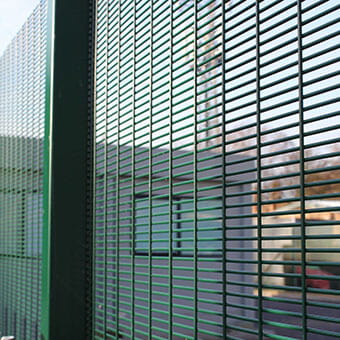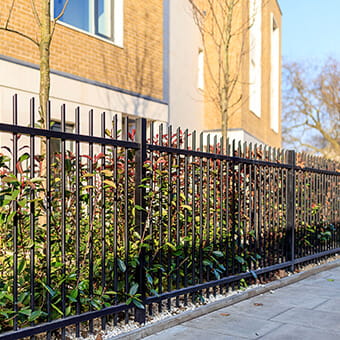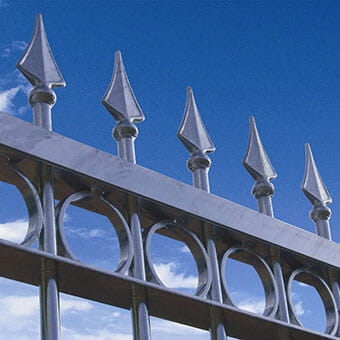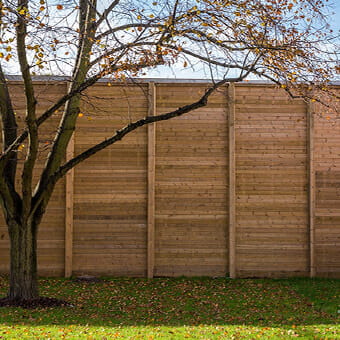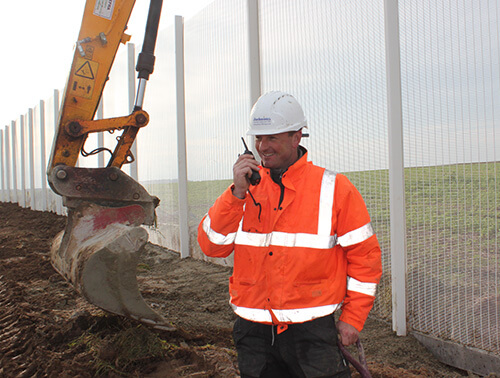Our other sites:
Due to high-profile incidences of terrorism in recent times, there has been huge investment in CCTV and other electronic security systems to upgrade protection in areas previously deemed ‘safe’. As a result, however, it seems the subject of physical perimeter security has been largely neglected.
Establishing a robust physical security strategy can be complex, from the initial site audit and risk assessment, to the specification and installation of your security solution. Committing to thorough research and making the wisest choices at the start will save you time and money in the long run. Here are the steps you need to take to ensure your perimeter is as safe and secure as it can be.
Security Planning
When it comes to installing perimeter fencing, poor planning inevitably leads to poor performance and flawed security. The key to any effective perimeter security strategy is to set aside time for planning, taking into consideration the site conditions, usage and surrounding environment.
Assessing the impact that weather conditions have on the landscape is crucial, this ensures that any physical security barriers are properly installed for optimal performance. In locations close to water, such as estuaries or the coast, a special marine coating should be specified for galvanised or zinc aluminium-coated steel, providing superior protection in corrosive environments.
Make sure there are no potential climbing aids near your perimeter security solution, such as overhanging branches, bollards or storage bins. Take into consideration the use of natural or artificial landscaping features and road layouts, as they can affect the level of security required to safeguard the perimeter.
Assess the threats
The person(s) responsible for ensuring security should review their existing perimeter security systems such as fences, gates and barriers. Before deciding which products are right for any given site, a number of vital elements must be considered to arrive at the best perimeter solution.
A good starting point is to assess the potential threats. For example, how skilled are those wanting to gain entry likely to be, and what tools would they use? How could criminals damage your business?
Carry out a risk assessment as a first step in specifying perimeter fencing, which will help you evaluate key factors such as site usage and access, CCTV and lighting requirements, maintenance and safety.
Protect day-to-day operations
One of the most important goals is to ensure your site is completely protected but still operates as it needs to on a day-to-day basis. In other words, your perimeter security should complement and not hinder the daily running of the business.
Visitors and staff should be aware of their personal responsibility in ensuring the security and safety of the site. This includes making sure that assigned badges and access is controlled at all times, security gates and doors are not left unsecured and that security procedures are followed.
Integrate with other security measures
A comprehensive security strategy will involve effective integration of all security measures. A complete system should work as a cohesive whole, with elements such as access control, CCTV and perimeter fencing ‘talking’ to each other to any risks identified.
It is widely recommended adopting a ‘layered’ approach to security – increasing the level of physical defence as trespassers move deeper into the site and closer to critical assets. Work towards the 5 Ds of perimeter security:
Deter
Visual deterrence, such as security fencing and toppings, can discourage intruders before they even attempt to breach your site if it appears to be too physically or technically challenging to breach.
Detect
Detecting trespassers by surveillance and subsequently raise the alarm and initiate further investigation. For example, motion detectors and CCTV.
Deny
Access control solutions, such as card-swipe systems controlling who can get onto your site and where they can go once inside.
Delay
Maximising the time taken for an attack to breach the perimeter once detected. Slowing down an intruder with methods like road blockers can offer valuable time to clear a security breach.
Defend
The innermost ring of safety usually involves your security team or the police apprehending the intruder.
Get a range of advice
Helpful advice and guidance can be obtained from various government bodies and respected third parties. We suggest contacting the following:
NPSA – The National Protective Security Authority, previously The Centre of Protection of the National Infrastructure. This is the government authority providing protective security advice to UK national infrastructure. They protect national security by reducing the vulnerability to terrorism and other threats.
SBD – Secured by Design. This is an organisation working with police forces to improve the security of buildings and immediate surroundings. It aims to achieve sustainable reductions in crime through effective design.
LPCB – The Loss Prevention Certification Board. Part of BRE group who sets the standards needed to ensure that fire and security products perform effectively. Their RedBookLive is a good resource for specifiers looking for products that have been thoroughly checked by independent experts.
Find out more about how Jacksons Fencing can assist in your security strategy and contact us today.
Related Products
Jacksons Fencing have a large range of related products, all complete with our 25 year guarantee. If you cannot find the item you are looking for, please do not hesitate to call our friendly sales team.
Related Content
Top
